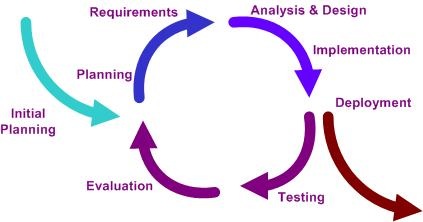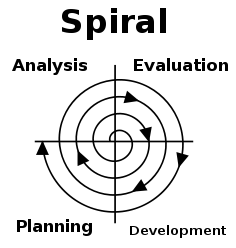Software Development Life Cycle (SDLC) is the evergreen process of building software. In this guide, we’ll walk through the 7 core SDLC phases, enriched with 2025-era tools and examples from companies like GitHub, OpenAI, and Stripe.
We will go through each phase in detail.
Also, we will cover some of the most prominent SDLC models.

🔄 SDLC Phases Explained (2025 Edition) + Real-World Examples
The SDLC acronym stands for software development life cycle. However, some people use it interchangeably with system development life cycle.
For the purposes of this article, we will consider the system development life cycle phases same as the software development life cycle phases.
🚀 Why SDLC Still Matters in 2025
The system development life cycle phases are shown in the diagram below.
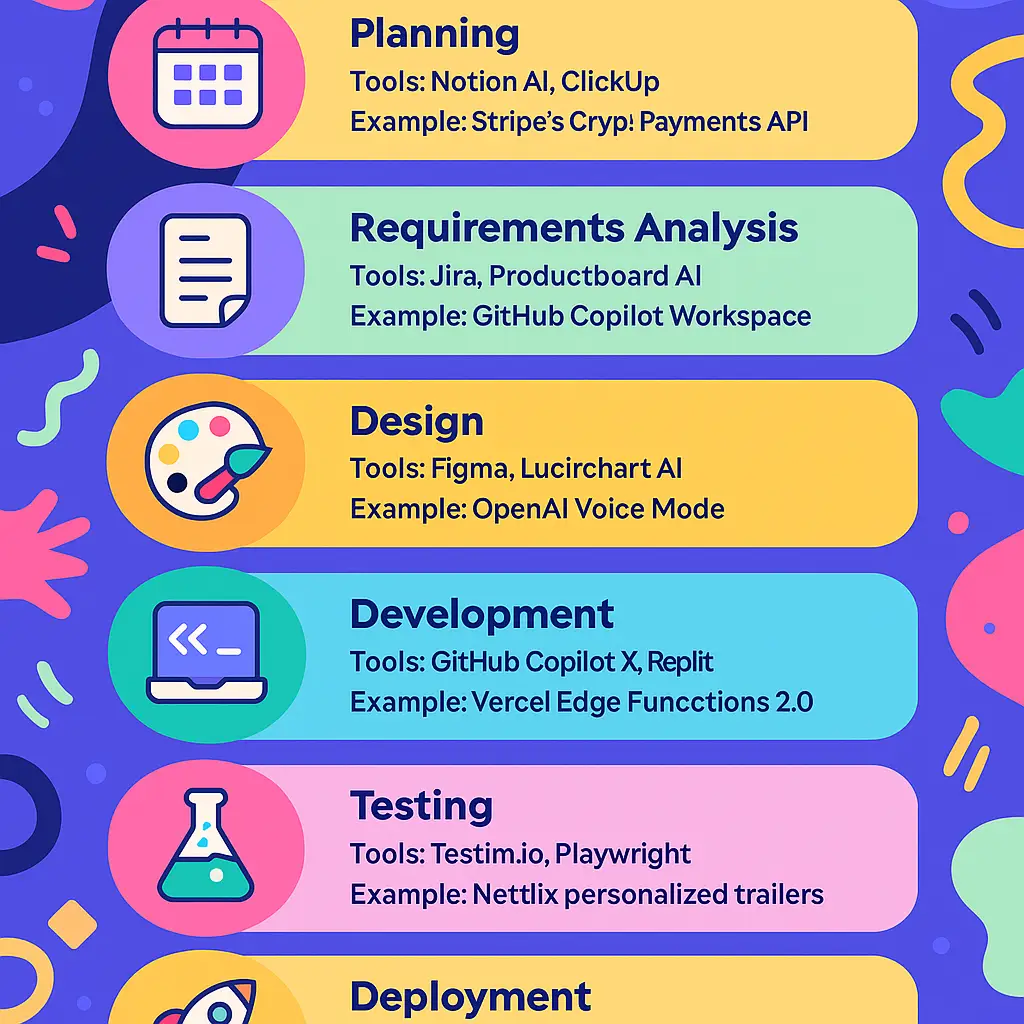
The importance of the system development life cycle is only clear after you understand each phase in detail.
SDLC Analysis Phase
As a Product Manager, this is probably the most important phase for you.
This phase defines the importance of system development life cycle. This is also called the SDLC planning phase.
This is where you do your market research, conduct customer interviews, research your competition and conduct surveys.
The feedback that you gather helps you analyze your product market fit.
This eventually leads us to the next stage, which is the feature definition stage.
Definition
Deciding the scope of your product feature list is not an easy task.
You not only need to figure out what you need to build, but also figure out what you do not need to build.
Defining what is in scope is as important as defining what is not in scope.
Once you define the feature list for your product backlog, you can proceed to the designing phase.
SDLC Design Phase
This phase is crucial because this is where you design your product.
In the previous phase, you defined what needs to be in the product and what needs to be out.
Now, you need to design your shortlisted features.
The design phase is the sole responsibility of the Product Manager, and you may work in tandem with UI/UX designers.
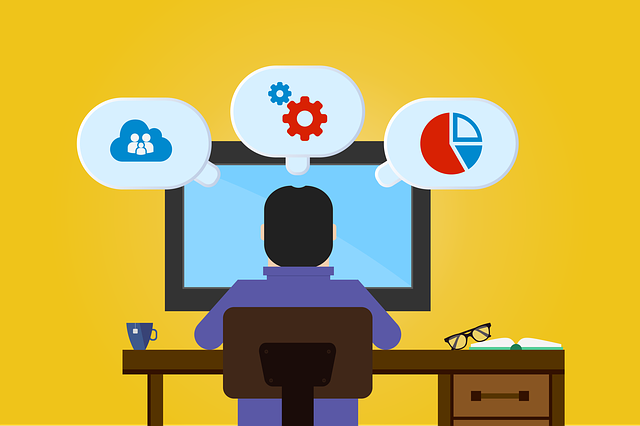
In the design phase in SDLC, you need to be as visual as possible about your vision.
Use the design phase to really communicate your plan for the product to all your developers.
Learn how to communicate like a true Product Manager.
Remember, if you are following the iterative waterfall model, then you get only one shot at the design phase.
Coding
The coding phase in SDLC is not handled directly by Product Managers.
It is, of course, handled by developers.
The primary SDLC activities may be handled by developers, but oversight must be maintained by Product Managers.
The development phase in SDLC is crucial because this is where your product ultimately gets built.
But, remember to not take the implementation phase in SDLC lightly. You must constantly talk to your developers and clear roadblocks, if any.
Development phase in SDLC with example is covered later.
Testing
The software development life cycle models all hinge on the testing phase.
In the software development life cycle agile models, testing can happen more frequently.
But, in the waterfall methodology, testing is not very frequent. You can consider this as one of the pros and cons of SDLC and its various models.
The software testing life cycle is not a resource intensive exercise, but your goal should always be to minimize your bugs caught.
This phase could be handled by either your Product Owner or a Scrum Master.
Now would be a great time to make sure you know the following –
Deployment
The deployment phase in SDLC is also something that is not heavy on the Product Manager.
Unlike in the SDLC waterfall model, the agile models have frequent iterations, and hence, frequent releases.
In the SDLC phases agile, deploying frequently should not result in more bugs or defects.
The deployment phase should be handled through a streamlined process with checks and balances.
🔄 SDLC Phases Explained (2025 Edition) + Real-World Examples
In a world of AI copilots, low-code platforms, and continuous delivery, you might wonder: Is the Software Development Life Cycle (SDLC) still relevant? The answer is a resounding yes.
SDLC provides a structured framework for building software that’s scalable, secure, and aligned with business goals. Whether you’re building a fintech app, an AI-driven SaaS platform, or a decentralized Web3 product, understanding SDLC is essential.
🧱 1. Planning Phase
🎯 Purpose:
Define the project scope, goals, budget, and timeline. This is where feasibility studies and stakeholder alignment happen.
🛠️ 2025 Tools:
- Notion AI: For collaborative project scoping and documentation.
- ClickUp: For roadmap planning and resource allocation.
- ChatGPT Enterprise: For generating project charters and risk matrices.
🌐 Example:
Stripe used AI-assisted planning to launch its new Crypto Payments API in Q1 2025. The team used LLMs to simulate user flows and identify edge cases before development began.
🔍 2. Requirements Analysis
🎯 Purpose:
Gather and document functional and non-functional requirements. This includes user stories, compliance needs, and system constraints.
🛠️ 2025 Tools:
- Jira + Confluence: For user story mapping and traceability.
- Productboard AI: For prioritizing features based on customer feedback.
- Maze: For validating requirements via prototype testing.
🌐 Example:
GitHub used AI-driven sentiment analysis from user feedback to define requirements for Copilot Workspace, launched in early 2025.
🧠 3. Design Phase
🎯 Purpose:
Architect the system. This includes UI/UX design, database schema, APIs, and infrastructure planning.
🛠️ 2025 Tools:
- Figma + FigJam: For collaborative UI/UX design.
- Lucidchart AI: For generating architecture diagrams from prompts.
- AWS Well-Architected Tool: For cloud-native design validation.
🌐 Example:
OpenAI designed the ChatGPT Voice Mode using Figma prototypes and real-time feedback loops with early testers. The backend architecture was modeled using Lucidchart’s AI assistant.
💻 4. Development Phase
🎯 Purpose:
Write the code, build the features, and integrate systems.
🛠️ 2025 Tools:
- GitHub Copilot X: For AI-assisted coding and test generation.
- Replit Ghostwriter: For real-time code suggestions in collaborative environments.
- Nx + Turborepo: For managing monorepos and microservices.
🌐 Example:
Vercel used GitHub Copilot X to accelerate the development of its Edge Functions 2.0, reducing boilerplate and improving test coverage by 30%.
🧪 5. Testing Phase
🎯 Purpose:
Ensure the software works as intended. This includes unit, integration, system, and user acceptance testing (UAT).
🛠️ 2025 Tools:
- Testim.io: AI-powered test automation.
- Playwright + ChatGPT: For generating and debugging end-to-end tests.
- Postman AI: For automated API testing and contract validation.
🌐 Example:
Netflix used AI-generated test cases to validate its personalized trailer previews, ensuring consistent performance across 200+ device types.
🚀 6. Deployment Phase
🎯 Purpose:
Release the software to production. This includes CI/CD pipelines, rollback strategies, and monitoring.
🛠️ 2025 Tools:
- GitHub Actions + ArgoCD: For GitOps-based deployments.
- LaunchDarkly: For feature flagging and gradual rollouts.
- Datadog + OpenTelemetry: For observability and real-time alerts.
🌐 Example:
Canva rolled out its AI Design Assistant using progressive deployment via LaunchDarkly, enabling real-time rollback based on user feedback.
🔄 7. Maintenance & Monitoring
🎯 Purpose:
Fix bugs, monitor performance, and iterate based on user feedback.
🛠️ 2025 Tools:
- Sentry + LogRocket: For error tracking and session replay.
- Amplitude + Mixpanel: For product analytics and retention tracking.
- ChatGPT + Slack: For automated incident response and RCA generation.
🌐 Example:
Slack uses AI to auto-generate root cause analyses (RCAs) for outages, reducing MTTR (mean time to resolution) by 40%.
📈 Bonus: SDLC in Agile and DevOps
In 2025, most teams follow Agile or DevOps-driven SDLC models:
| Model | Key Traits |
|---|---|
| Agile | Iterative, user-focused, flexible scope |
| DevOps | CI/CD, automation, infrastructure as code |
Modern SDLC is continuous—planning, coding, testing, and deploying happen in tight loops, often daily.
We will cover the following SDLC example methodologies –
- Agile Model
- Waterfall Model
- Iterative Model
- Big Bang Model
- Spiral Model
Agile Model
The SDLC Agile workflow is one of the most common SDLC models. In all of the various SDLC methodologies or SDLC types, agile occpies a special place.
Agile methodology phases explanation is the same that I have explained above. The only difference is that the iterations are very quick, unlike in waterfall SDLC.
Agile development model is the most common software development method out there. I’m sure you are now very familiar with the agile flow. Agile and waterfall models are two of the most common forms.
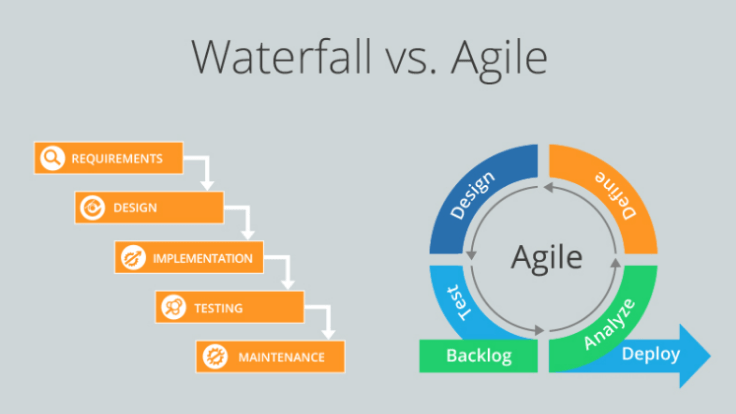
Source
Waterfall Model
The waterfall model is a linear series of steps.
So when to use waterfall model? Or what are the waterfall model advantages and disadvantages? A great waterfall model example is the manufacturing industry.
In the manufacturing of a physical product, requirements do not, and cannot, change everyday.
The factory lines are defined for a preset process.
Change happens, but slower than in other models.
For example, take the manufacturing of a bicycle.
What model should be followed to manufacture a bicycle? Are requirements expected to change frequently on a weekly basis? The answer is clearly no. The requirements are not expected to change weekly for a bicycle.
We have covered waterfall model vs agile briefly in the above diagram. As you can see, projects that use waterfall model are ones that are pretty stable and do not need frequent process changes.
In this model, the next step is dependent on the completion of the previous step. You cannot sneak in changes in between the processes.
You can only introduce changes after one full interation has been completed.
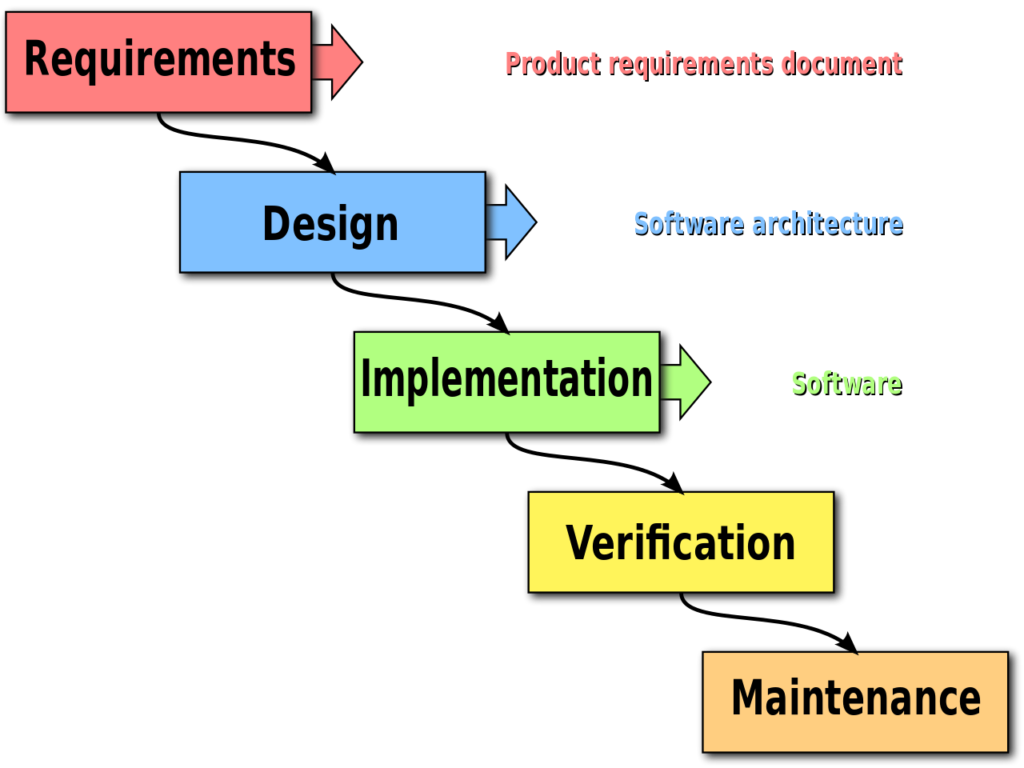
This is also a great time to review the differences between Agile and Waterfall.
Iterative Model
Of all the SDLC models, this one is the most distinctive.
It starts off with simpler builds, eventually taking on more complex builds.
You could say that this is a waterfall or an agile based model.
But, it is considered its own separate model.
The concept of building an MVP (minimum viable product) is the basis of this model.
What is the minimum viable product? What features need to go into the MVP? These questions are the first steps in this model.
People start off small and then progressively take on bigger and more complex features.
This model is great because it allows for a continuous feedback loop on the already developed features.
The team can account for that feedback before embarking on more complex features.
Big Bang Model
The big bang model is one that should probably never be used.
It is a “processless” process.
You put all your energy into building a product in one “big bang” approach.
Your final product may or may not be what the customer wants.
Speaking of big bang, do you know what makes Elon Musk such a great Product Manager?
The Big Bang model is good for smaller projects that do not result in a significant impact.
As the name suggests, there is only one step in this process.
And that step is ‘Bang’!
However, this approach is extremely risky and is almost never followed by bigger companies.
This approach is more common in startups or college projects.
In these projects, there is no budget, no planning and no research.
People think of an idea, and they just work on it and build the product.
College projects are a classic example.
Spiral Model
The spiral model is a combination of the waterfall and iterative model.
It gives the flexibility to the team to constantly adapt their processes as per their needs.
This model tells you to be flexible as a Product Manager.
This is similar to being product agnostic.
In other words, the Spiral model allows the product development team to iteratively release version of the product, but within the overall stability and control of the Waterfall model.
Risk analysis is the key focus area during each stage of the Spiral model.
The Spiral model consists of 4 stages –
- Development
- Evaluation
- Analysis
- Planning
The stages are tightly controlled as per the Waterfall model.
But, there are regular releases to take the benefits of smaller iterative cycles.
🧭 Final Thoughts
The SDLC isn’t dead—it’s evolving. In 2025, it’s more automated, AI-augmented, and user-centric than ever. Whether you’re a startup founder or an enterprise PM, mastering the SDLC phases—and the tools that power them—is key to building resilient, scalable software.
For additional information, you can also check out a helpful system development life cycle PDF.
📚 Further Reading & Resources
- Levels.fyi: PM Career Paths
- GitHub Copilot X
- AWS Well-Architected Framework
- LaunchDarkly Feature Management
- Postman AI Testing
So now you know what is SDLC, the SDLC phases, the SDLC approach. Reading the SDLC phases with examples should have provided you with the right context.
Do subscribe to my newsletter for my weekly updates.
